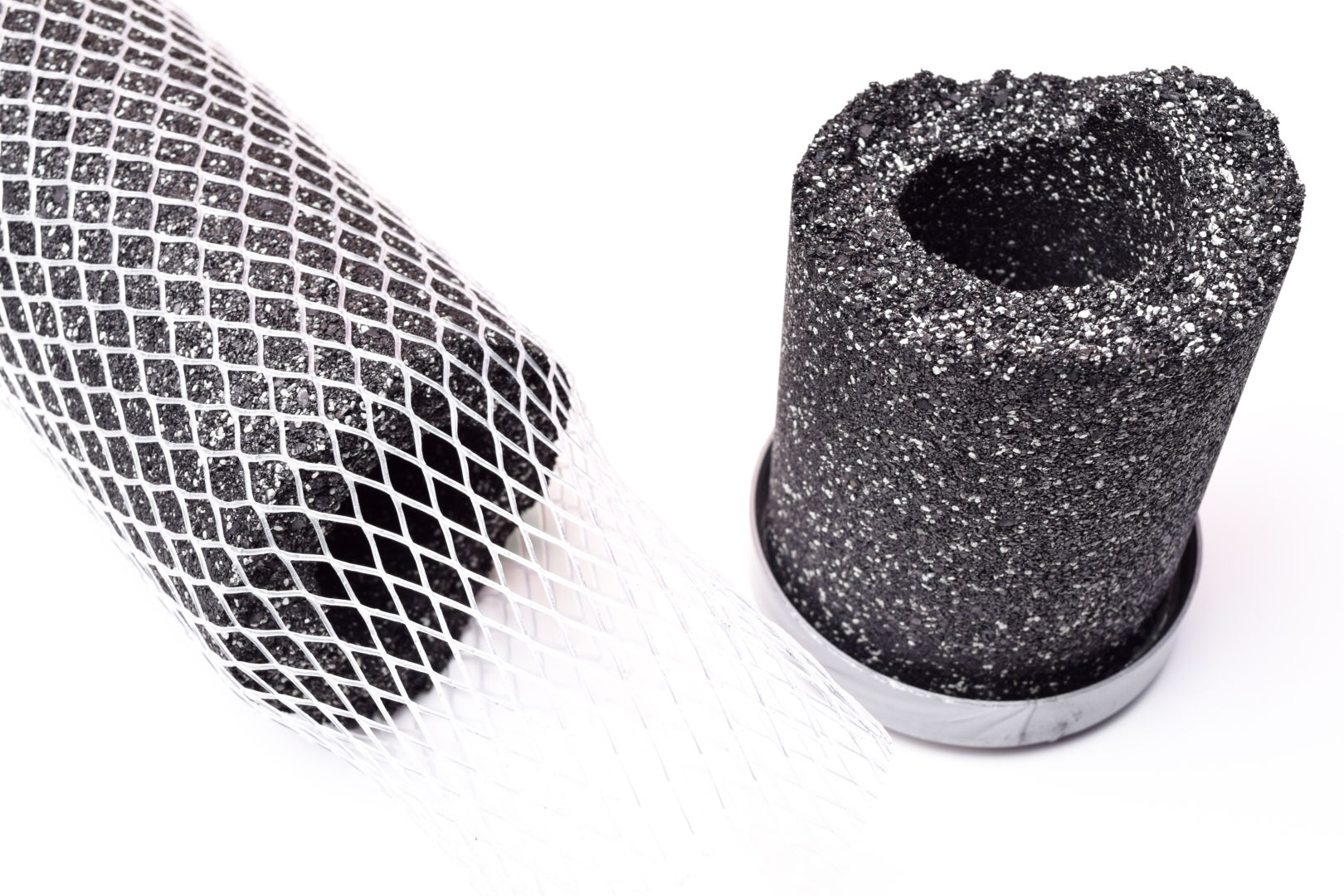BIOCHAR FOR INDUSTRIAL USE
Low cost, sustainable alternativesHistory of Biochar for Industrial Use
Charcoal has been used for millennia for a variety of purposes such as medicine, art and water filtration but by far its most important use has been as a fuel source and as a metallurgical tool. Charcoal is the traditional fuel of the blacksmith where an intense heat is required.
Historically, the use of charcoal has been a major cause of deforestation around the world. This is still happening in places like Africa, where people use charcoal for cooking and there are limited resources to control unsustainable logging of timber. Also, the scarcity of easily harvested wood has been a major factor behind the switch to fossil fuels, especially coal for industrial use.
Recently however, there has been a growing interest in using sustainably produced biochar for industrial purposes and the amount of research carried out around the world is staggering. The main driver for this is the need to reduce our reliance on fossil-based energy and carbon intensive products. We also need to reuse our wastes better than we do now. Using pyrolysis to make biochar creates that opportunity.
Biochar in Concrete
The research is relatively new however, a team at the National University of Singapore has found that adding biochar made from sawdust to concrete increases its strength by 20% and the water permeability by up to 50%.
Researchers say that up to 50kg of wood waste can be utilized for every tonne of concrete used, that’s about 15kg of biochar for every tonne of concrete. When you consider Australia produces approx. 9 million tonnes of concrete per year, there is a good opportunity to store a lot of carbon in our buildings, roads and footpaths.
We are working with stakeholders to develop a high quality biochar for use in the concrete industry, contact us to learn more.


Biochar in Bitumen
There are a number of studies around the world looking at biochar as an additive in bitumen. Bitumen or asphalt can occur in natural deposits but most of the bitumen used in road construction around the world is refined from crude oil.
The push toward non traditional products used in the bitumen process is largely economic because the bitumen price is directly related to oil price and subject to global supply and demand. There is also a need for the bitumen industry to become more sustainable, increase the durability of bitumen and reduce its carbon footprint. Something it seems can be achieved by using biochar.
In one study, biochar reduced the temperature susceptibility and significantly increased the rutting resistance of the asphalt binder. In addition, the bio-char showed little effect on the fatigue and cracking resistance. See more here.
Another study where biochar was used at ratios of 5%, 10% and 15% showed that the softening point and viscosity increased and the penetration and thermal sensitivity decreased with increased biochar contents. See “Effects of various biochars on the high temperature performance of bituminous binder” for more info.
We produce high quality biochar from a range of feedstocks, we are engaging with industry stakeholders to conduct research to see what types of feedstocks would produce the best biochar for blending with bitumen. Please watch this space or contact us for more information.
Activated Carbon
Traditionally, activated carbon, made from materials such as coal, coconut shell and wood have been used in many industries including gold extraction, water filtration and waste water treatment.
The push toward more sustainable and low cost products has seen a rise in interest in using biochar to replace activated carbon. In fact, biochar can be “activated” either chemically or by high temperature steam. This produces a product with a extremely high surface area and a network of pores. These pores provide sites for the adsorption of chemical contaminants in gases and or liquids.
We are working with industry to develop biochar products that can compete with more traditional sources of activated carbon, please contact us to learn more.


